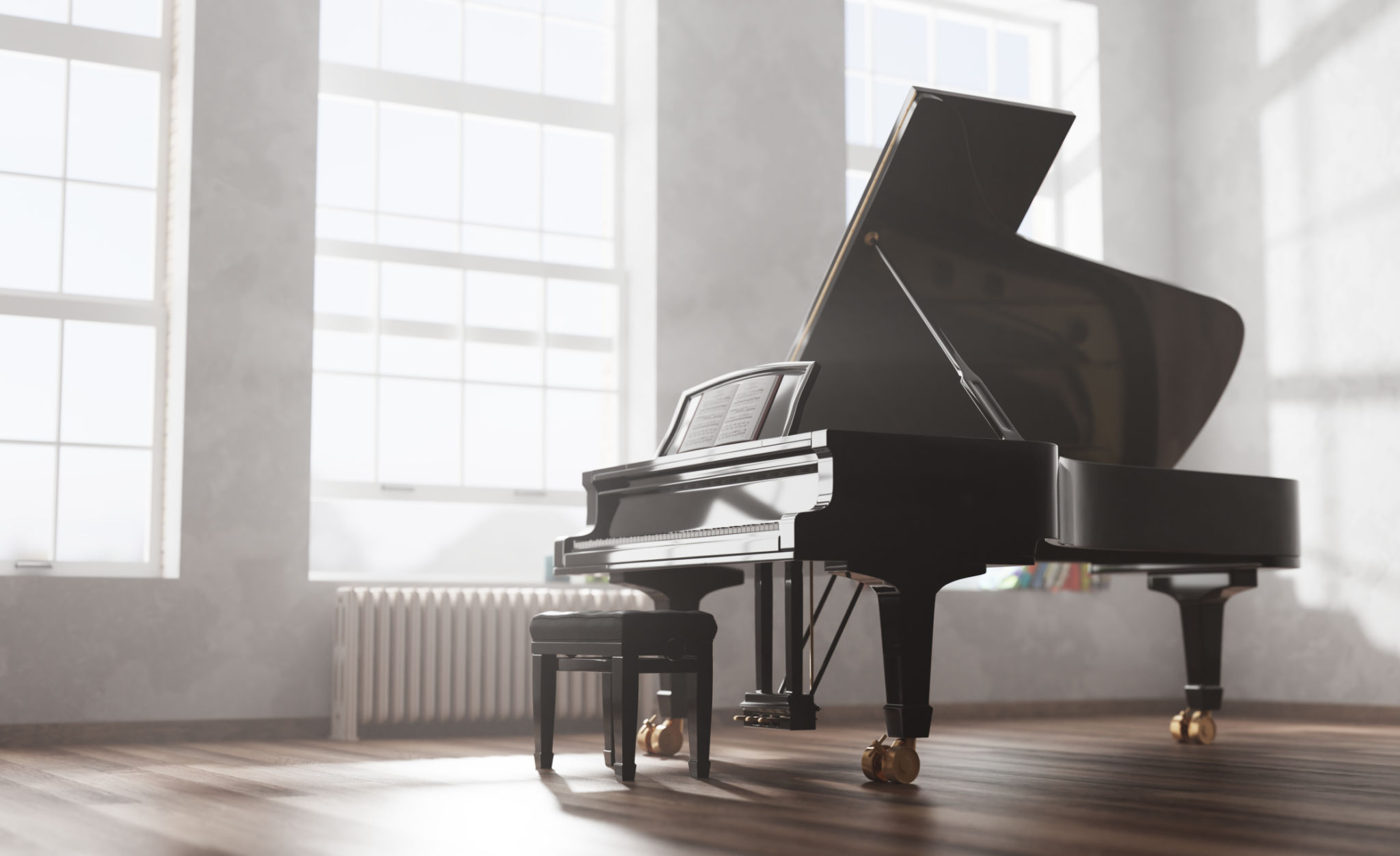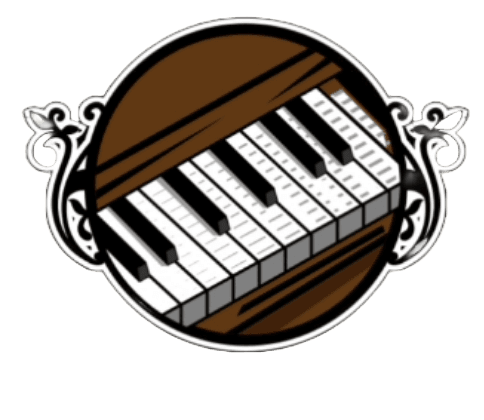From Classical to Jazz: Exploring Different Piano Styles
The Allure of Classical Piano
The world of piano music is vast and diverse, offering a rich tapestry of styles that cater to different tastes and preferences. At the heart of this world lies classical piano, a genre steeped in tradition and history. Characterized by its structured compositions and technical precision, classical piano music has been adored by audiences for centuries. Composers like Mozart, Beethoven, and Chopin have left an indelible mark on the genre, creating works that continue to inspire pianists worldwide.
Classical piano requires a deep understanding of musical theory and an ability to interpret complex compositions. Pianists often spend years honing their craft, focusing on technique and expression to bring these timeless pieces to life. The beauty of classical music lies in its ability to convey a wide range of emotions, from the serene tranquility of Debussy's "Clair de Lune" to the dramatic intensity of Rachmaninoff's concertos.

The Evolution into Jazz Piano
As music evolved, so did the piano's role in different genres. Jazz piano emerged in the early 20th century, introducing new rhythms and improvisational elements that were a stark contrast to the structured nature of classical music. Pioneers like Jelly Roll Morton and Duke Ellington transformed the piano into a cornerstone of jazz, using it to anchor the complex harmonies and syncopated rhythms that define the genre.
Jazz piano is characterized by its spontaneity and freedom, allowing pianists to explore creative boundaries and express individuality. Improvisation is a key component, requiring musicians to think on their feet and react to the dynamic flow of jazz ensembles. This freedom makes jazz piano an exciting and challenging style for musicians to master.

Comparing Techniques: Classical vs. Jazz
While both classical and jazz piano share the same instrument, the techniques employed in each style differ significantly. Classical pianists focus on achieving perfect articulation and dynamic control, often adhering closely to the composer's original intentions. In contrast, jazz pianists prioritize creative expression, using techniques such as swing rhythms, blue notes, and chord extensions to add depth and character to their performances.
Jazz pianists often draw upon a repertoire of standards, using these well-known pieces as a foundation for improvisation. This approach provides a framework within which musicians can experiment with melody, harmony, and rhythm. Classical pianists, on the other hand, dedicate themselves to interpreting established compositions with precision and emotional depth.

Exploring Crossover Styles
The beauty of music lies in its ability to evolve and adapt. Many contemporary pianists are exploring crossover styles that blend elements of classical and jazz piano, creating unique musical experiences. Artists like Keith Jarrett and Brad Mehldau have crafted careers by fusing these styles, drawing on their classical training while embracing the spontaneity of jazz.
This fusion has led to exciting new compositions that challenge traditional genre boundaries and offer fresh perspectives on the piano's capabilities. By combining technical skill with creative exploration, these artists are expanding the possibilities for future generations of pianists.
Choosing Your Path
For aspiring pianists, the decision between classical and jazz can be daunting. Each style offers its own set of challenges and rewards. Classical music provides a solid foundation in technique and theory, while jazz encourages creativity and improvisation. Many musicians find joy in exploring both styles, using their knowledge of one to enhance their understanding of the other.
Ultimately, the choice comes down to personal preference and musical goals. Whether you choose to immerse yourself in the structured elegance of classical piano or dive into the vibrant world of jazz, the journey will undoubtedly be a rewarding one filled with discovery and growth.

